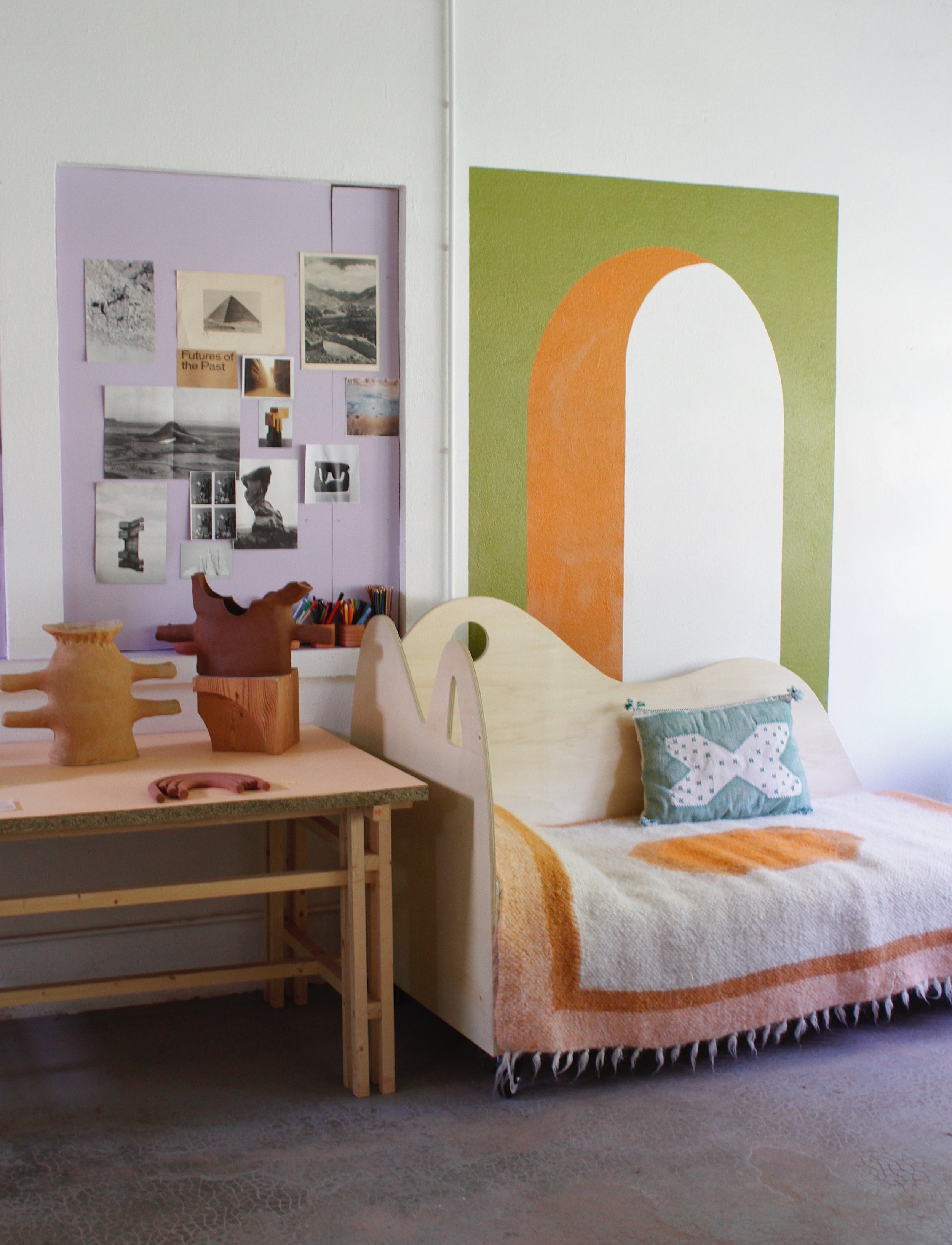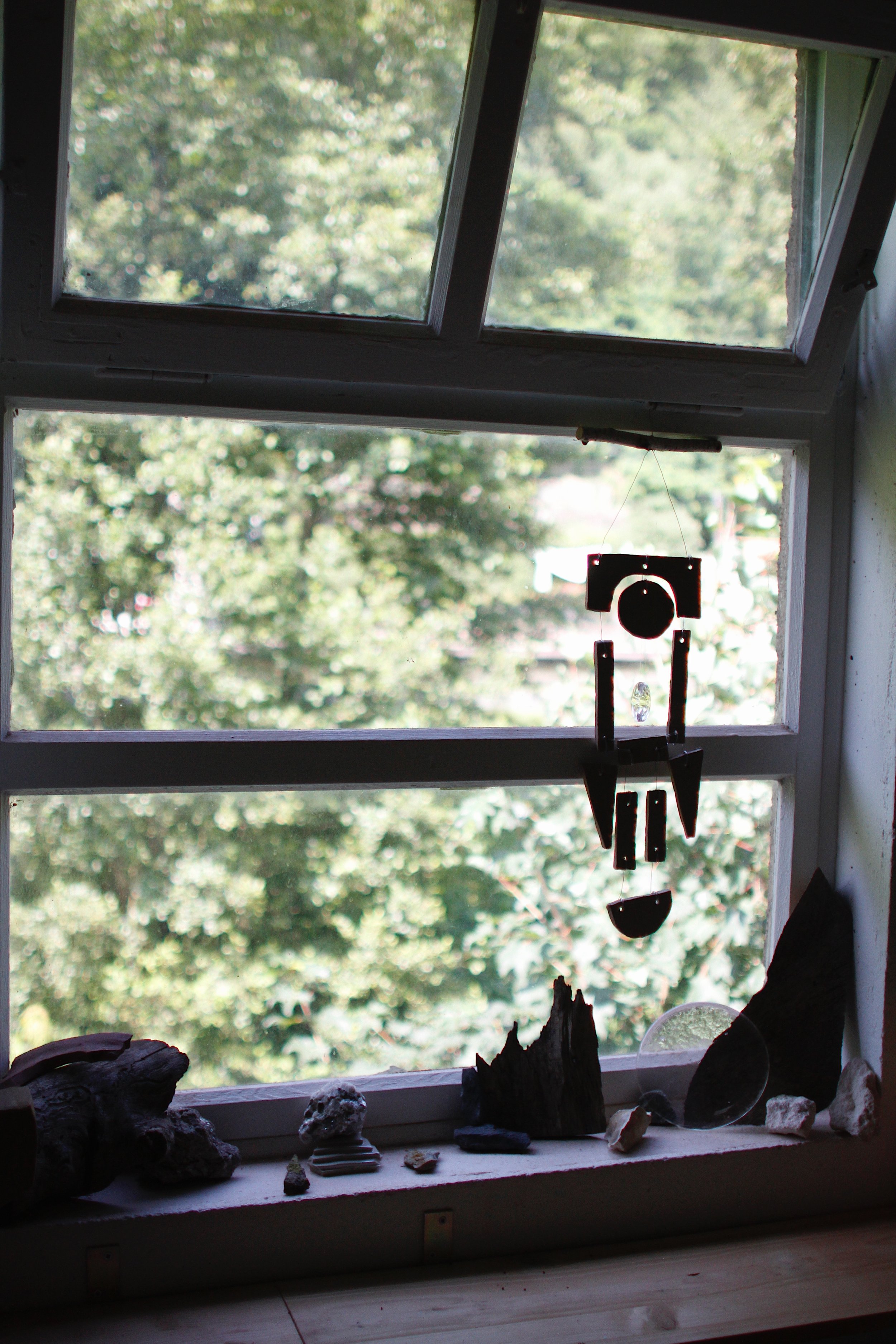Léa Munsch explores an ancient and instinctive bond with materials drawn from the Earth. She approaches her practice intuitively, sculpting a language, a universe, and forms, giving shape to an abstract, architectural, and raw world.
From her studio, an ever-evolving cast of ageless forms emerges, sculptures born at the crossroads where art and architecture meet. Like an archaeological endeavor that blurs the lines of time, her works seem to come from an ancient future.
She is inspired by the cultures imagined by ancient civilizations long before our era began, as well as by prehistoric art, drawn to the profound connection they represent between art, life, and the natural world.
Her practice began with clay, a material that speaks to her and, in some ways, mirrors her own temperament. Sensitive yet untamed, it demands respect for its own rhythm.
She envisions her practice as a universe in constant expansion and is working toward integrating the primordial triad: clay, wood, and stone in her work.
Among her next ambitions are wall murals, monumental pieces inspired by brutalism, and a new format combining her voice, her writings, and sound experimentation — an invitation to awe and contemplation.
She chooses the words “artist” and “sculptor” as they offer her the spaciousness necessary for her exploration. Some may seek defined boundaries, but Léa navigates freely—sometimes near familiar shores, sometimes venturing toward more distant seas.
Her work is a continuous dialogue between intuition and material, past and future. Through her practice, she seeks to open breaches where emotion and sensation flow before reason—spaces where one can simply dream and feel.
In 2018, Léa chose to leave the city (Paris) and settle in a village nestled in the forests between Lorraine and Alsace. There, she discovered a former factory perched on a river, a place where two worlds she loves meet: industrial architecture and nature. She transformed one of its spaces into her studio, painted in the colors of the sunset and adorned with forms inspired by Egyptian temples.
Living in this landscape inspires her to explore her connection to nature, to time, and to intuition — shaping a new way of inhabiting the world. The forest, the rocks, and the rhythm of the seasons have become part of her life and of her way of being.
The Studio



photos © Léa Munsch, Alia Païenda
